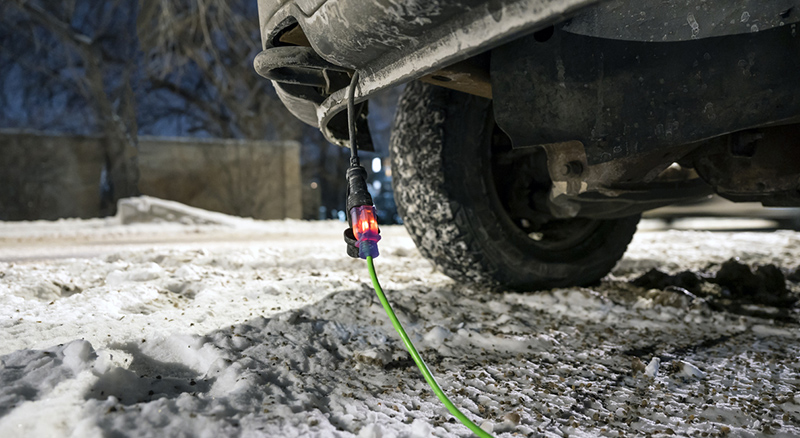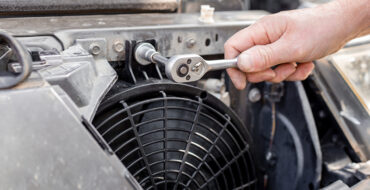Cold mornings and stubborn engines are frustrating for any car owner, but there is always a fix. Adding a block heater for your car is a practical and manageable solution that is entirely possible with a bit of patience and the right tools. Whether you are facing frigid winter morning or want to improve your car’s performance, this guide will walk you through everything you need to know about adding a block heater to your car.
Can you add an engine block heater to a car?

What is an engine block heater?
Engine block heaters use an electric heating element to warm the engine block and its fluids. This reduces engine wear and improves fuel efficiency, making winter starts much easier. If you are looking to prolong your engine’s life, installing an engine block heater is an easy and cost-effective upgrade.
Types of block heaters
Expert installation may be required for some block heater types. An automotive technician can help you determine which block heater is compatible with your vehicle, and which block heater will provide you with the best performance.
Easy to install
Magnetic and adhesive block heaters are external options that attach to the engine block. They are easy to install, remove, and reposition, giving you flexibility without committing to a permanent installation.
Engine warming blankets are placed directly over the top of the car hood or draped over the engine, acting as an electric blanket for your engine. By radiating heat to the engine block and surrounding components, an engine warming blanket keeps the area at an optimal temperature for startup.
Dipstick heaters serve as a heating element that replaces your engine’s standard dipstick. They heat the engine oil directly in the oil pan, leading to improved fuel efficiency. Installation involves inserting the dipstick heater into the dipstick tube and plugging the device into a power source.
Oil pan heaters heat the oil pan and the engine oil with a focus on lubrication to reduce engine turnover when starting your vehicle. Similar to magnetic and adhesive block heaters, installation simply involves cleaning the surface and attaching the device.
Advanced installation
In-block heaters are installed directly into the engine block and are among the most effective options because they fit into an existing port on the engine block. This project is ideal for experienced car enthusiasts ready to take on a satisfying upgrade for winter readiness.
Freeze plug heaters are designed to fit into the engine’s freeze plug ports and warm the coolant directly. During installation, be prepared to drain the coolant and ensure careful attention to detail. You may also want to leave this one to a professional.
Inline coolant heaters heat the circulating coolant by connecting to the hose in the cooling system. Inline coolant heaters offer powerful performance. This installation is more complex but rewarding for those experienced with engine systems.
Can I use any block heater in my car?
Not every block heater will work with your specific vehicle. Some cars have pre-drilled ports that make the installation of in-block heaters more straightforward. Other cars require external options. Before starting an installation, looking at your engine layout will help determine which block heater will fit your engine.
Some block heaters require more complex installation steps such as draining the coolant or removing components. Choosing the right block warmer for your vehicle will require research that will pay off in the smooth winter start of your engine. Check your manufacturer’s information, as well as your engine layout, to determine which type of block heater is compatible with your car.
Block heaters vs battery blankets
Alongside block heaters are battery blankets. They are different from engine blankets. When using block heaters and battery blankets together, you’ll be able to start your car in freezing temperatures much easier. Here’s how they differ.
Whereas engine block heaters keep the engine block and its fluid warm so the machinery moves smoothly when you start up, battery blankets look after your car’s 12V battery.
Battery blankets simply wrap around the battery to help ensure reliable power for your vehicle. They support your battery in maintaining its charge in cold weather. When the temperature drops too much, the chemical reactions that are the source of your battery’s energy slow down, too. If they decelerate to the point of stopping, your battery won’t start.
This simple combination is perfect for keeping a winter-ready car, giving you peace of mind during cold months.
Engine block heater installation
With proper research, adding an engine block heater to your vehicle can improve your fuel efficiency and make winter startup a (warm) breeze. However, we recommend proceeding carefully with installation. Because some block heaters require hookup directly to the engine, it’s best to let an automotive technician take care of it for you if you feel nervous.
For questions about engine block heaters and which type is best for your vehicle, visit your local NAPA Auto Parts store to speak with an expert.



